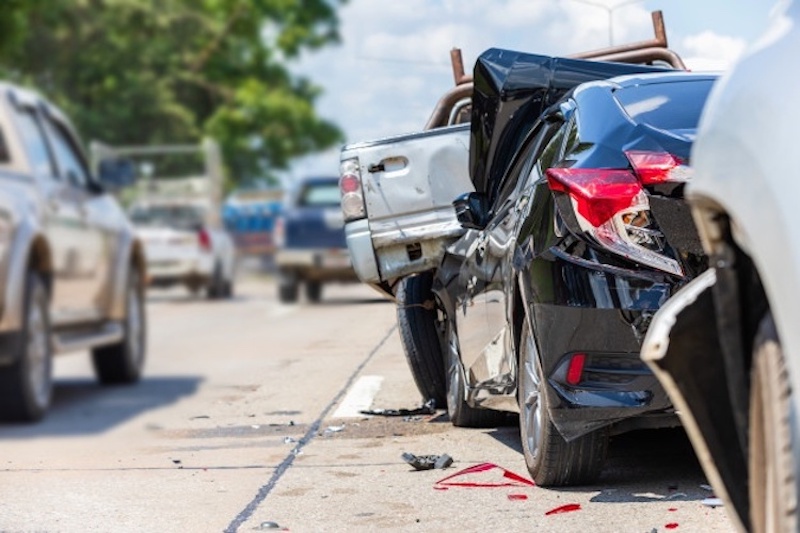The rise of driverless cars represents a transformative shift in the automotive industry, promising to redefine how we approach transportation. These autonomous vehicles, equipped with advanced technologies, have the potential to drastically reduce traffic accidents caused by human error.
However, their integration into everyday life also brings forth complex legal challenges, particularly in the realm of personal injury law. As driverless technology becomes more prevalent, its impact on legal proceedings will be profound, necessitating a reevaluation of existing legal frameworks and practices.
This blog explores the future of personal injury law in the context of driverless cars. By examining current practices, technological advancements, and emerging legal issues, we aim to shed light on how the legal landscape will evolve as autonomous vehicles become a fixture on our roads.
Current Landscape of Personal Injury Law
Traditionally, personal injury law has dealt with cases involving human drivers, focusing on issues such as negligence, fault, and damages.
According to Maier Gutierrez & Associates, legal proceedings typically revolve around determining who was at fault in an accident, which involves assessing driver behavior, road conditions, and other factors.
This process often requires proving that the driver’s actions or inactions directly contributed to the accident and subsequent injuries.
However, this system faces limitations, particularly when it comes to assigning fault and calculating damages in complex scenarios. Human error is a common factor in many personal injury cases, but with the advent of driverless technology, the sources of liability are shifting.
This change prompts a reevaluation of how fault is determined and how damages are assessed in cases where technology plays a significant role.
Introduction to Driverless Cars
Driverless cars, also known as autonomous vehicles, utilize a combination of sensors, cameras, and artificial intelligence to navigate and make driving decisions.
These vehicles are designed to operate without human intervention, relying on complex algorithms to interpret road conditions and respond to various driving scenarios.
As this technology advances, the presence of driverless cars on the roads is expected to increase, raising new legal and regulatory questions.
The regulatory landscape for driverless cars is evolving in tandem with technological advancements. Governments and regulatory bodies are working to establish guidelines and safety standards for autonomous vehicles, addressing issues such as testing protocols, safety requirements, and liability frameworks.
As these regulations develop, they will play a crucial role in shaping how driverless cars are integrated into existing legal systems.
Impact on Liability and Fault Determination
The introduction of driverless cars fundamentally alters the landscape of liability and fault determination in personal injury cases.
Unlike human drivers, who can be held accountable for their actions, liability for accidents involving autonomous vehicles may shift towards manufacturers, technology developers, or other parties involved in the vehicle’s design and operation.
This shift raises questions about how to allocate responsibility in cases where software malfunctions or hardware failures contribute to an accident.
Determining fault in accidents involving driverless cars introduces new complexities. Traditional methods of assessing driver behavior and road conditions may no longer apply, requiring a new approach to evaluating system performance and identifying potential failures.
Legal professionals will need to adapt their strategies to account for these technological factors and navigate the emerging challenges in assigning liability.
Implications for Insurance and Compensation
The rise of driverless cars is set to transform the insurance industry, influencing coverage models, premiums, and liability structures. As autonomous vehicles become more common, insurers may need to revise their policies to address the unique risks associated with these technologies.
This includes developing new insurance products that account for potential technology failures and rethinking traditional liability coverage.
Compensation claims will also evolve as driverless technology changes the nature of accidents and injuries. Determining the appropriate compensation for victims of accidents involving autonomous vehicles may involve new types of damages, such as those related to technology malfunctions or system failures.
Legal professionals will need to navigate these changes to ensure that victims receive fair compensation for their losses.
Legal Challenges and Emerging Trends
The advent of driverless cars introduces several legal challenges that must be addressed to ensure effective regulation and litigation.
Based on Brown, Bass and Jeter, existing laws may be inadequate to handle the complexities of autonomous vehicle technology, necessitating the development of new legal frameworks and standards.
Additionally, there may be a need for specialized expertise to evaluate and interpret technological evidence in legal proceedings.
Looking ahead, several trends are likely to shape the future of personal injury law in the context of driverless cars. These include advancements in technology, changes in regulatory policies, and the development of new legal practices and precedents.
Staying informed about these trends will be crucial for legal professionals seeking to adapt to the evolving landscape and effectively advocate for their clients.
Conclusion: Preparing for a Changing Legal Landscape
As driverless cars become an increasingly common presence on our roads, their impact on personal injury law will be profound.
From shifting liability and fault determination to transforming insurance models and compensation claims, the integration of autonomous vehicles presents both challenges and opportunities for the legal profession.
Adapting to these changes will require a proactive approach, embracing new technologies and legal frameworks to ensure effective advocacy and fair outcomes for all parties involved.
Preparing for this evolving landscape involves staying informed about technological advancements, regulatory developments, and emerging legal trends.
By embracing these changes and adjusting legal practices accordingly, legal professionals can navigate the complexities of driverless car cases and continue to deliver justice in an increasingly automated world.




